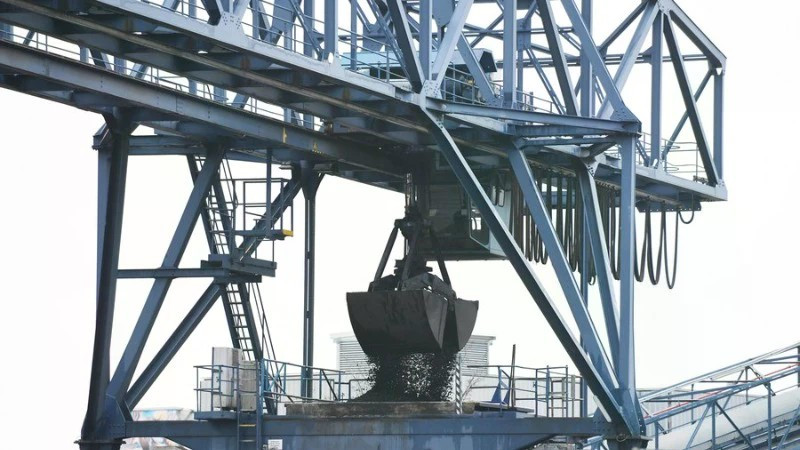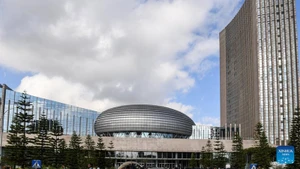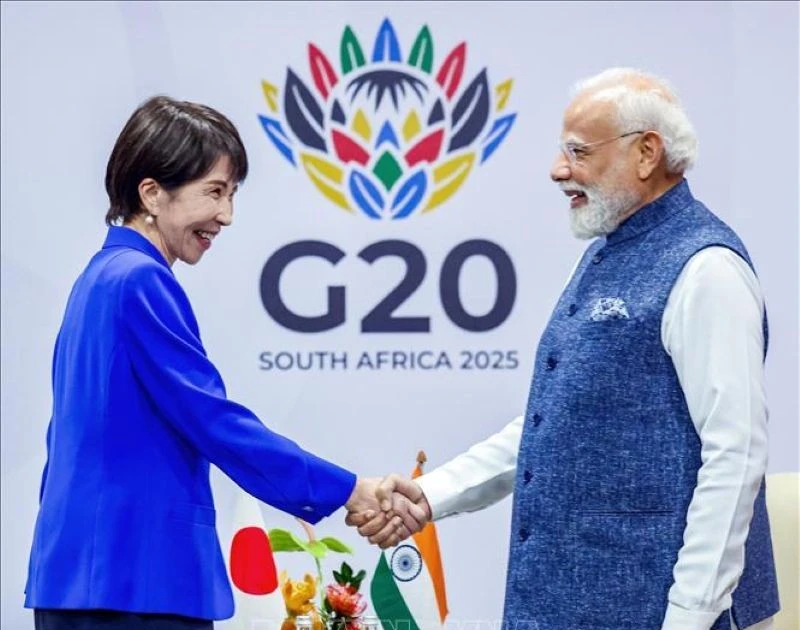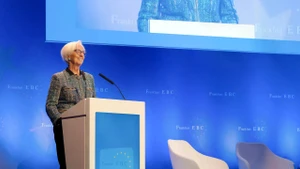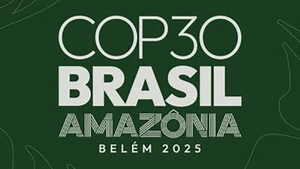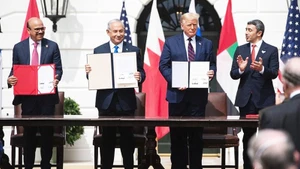According to the EC’s latest assessment of the updated National Energy and Climate Plans (NECP), the EU is edging closer to its target of reducing greenhouse gas emissions by 55% by 2030 compared to 1990 levels, with a forecast of a 54% reduction. This result reflects the significant efforts made by member nations over the past two years, despite pressure to loosen environmental commitments.
Europe is currently the fastest-warming continent in the world. Extreme weather events such as floods, which have severely affected agriculture, and serious wildfires directly linked to climate change are occurring with growing frequency in nations on the Old Continent.
After the reduction in gas supplies from Russia in 2022, soaring energy prices severely impacted industries. At the same time, the possibility of the US raising tariff barriers has increased pressure, prompting member state governments to call on the EU to relax environmental regulations to support businesses facing difficulties.
EU Climate Commissioner Wopke Hoekstra emphasised that from 1990 to 2023, gas emissions fell by 37%, while the EU economy grew by nearly 70%. This demonstrates that economic development and environmental protection can go hand in hand.
The EU Commissioner urged member states to build on this progress. The EU will continue to make strong investments in clean technologies to ensure that industries can adapt and develop during the green transition process.
Notably, the energy sector has seen major advances, with renewable sources accounting for 24% of the EU’s total energy consumption in 2023.
However, some environmental organisations have expressed concern over the implementation ability of the EU’s NECP plans, pointing out that many plans still lack effective policies and reliable financial sources. Sectors such as agriculture and transport are still lagging. Farmers in EU countries have staged prolonged protests against the EU’s green policies, leading the EC to ease some environmental regulations related to agriculture.
The World Meteorological Organisation recently warned that the Earth may face even higher temperatures in the coming years, and more dangerous extreme weather events that could result in greater casualties. In the context of ongoing climate change and global warming, the EU’s progress and leadership in emission reduction efforts are of great significance.
The EU’s climate targets for 2030 are among the most ambitious of any major global economy. The world’s largest economies are also the highest emitters. Each country must grapple with the dual challenge of economic growth and environmental protection. Many remain hesitant in pursuing the green transition due to fears of economic growth loss. However, the EU’s progress so far has demonstrated the contrary.
A major challenge in the green transition lies in institutional and legal reforms. Compared to other countries, this obstacle is even greater for the EU because it has 27 member states, but the bloc still overcomes it. The EU's success is a typical example of the positive side of the irreversible trend of global integration.
Global issues such as climate change and pandemics cannot be tackled by any single country alone, but require the entire national community to work together. Only solidarity and cooperation can create the strength to help the entire community overcome risks and continue to develop.
